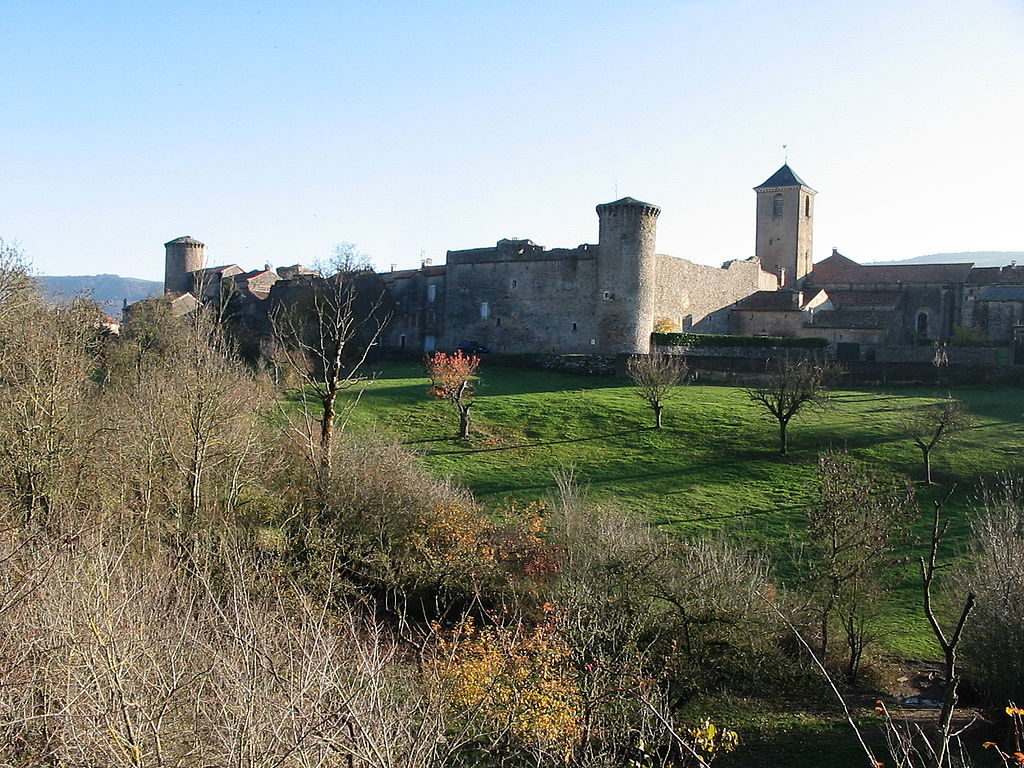The early rivalry between the Templars and the Hospitable people made it clear that the former had not neglected the care of the hospices. And, in fact, in many places, tradition attributes to them institutions of this nature. (...)
Hospices spread everywhere, monastic hospitals, cathedral hospices, parish hospices. We find some in Dijon, in Autun, in Chalon, in Màcon, in Auxerre, in Langres as in Cluny, in Saulieu very formerly, in Châtillon whose commercial importance becomes very large in the twelfth century, in Seraur which, at the end in the twelfth century the Duke of Burgundy freed men from the house of God from various royalties. Beaune already has at the gates of the city his Maison-Dieu, which later on was named St. Peter's Hospital. Vezelay, an important center of prayer and exchange, on the threshold of the duchy, has a similar establishment from the eleventh century, and Sens, also on the confines of the duchy, and Aigueperse and Cersy in the twelfth century."
English translation from the paragraph "Maison des Templiers de Dijon" on templiers.org.free.fr. Illustration The fortified hospital at Ste-Eulalie-de-Cernon, France, CC BY-SA 3.0, source Wikipedia
Support TemplarsNow™ by becoming a Patron, tipping us or buying one of our Reliable Books

No comments:
Post a Comment